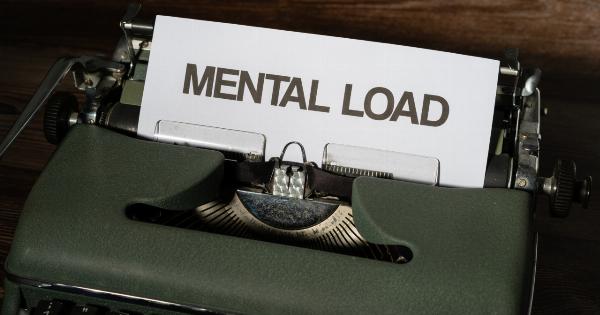Fabrication is the intentional act of creating false or misleading information to deceive or mislead someone. Fabrication can happen in various situations, from personal to professional.
In professional settings, such as forensic investigations or evidence presentation, fabrication can have serious consequences. Fabrication can lead to wrongful accusations, wasted resources, or even wrongful incarceration. This article explores the indicators of fabrication and their remedies.
Indicators of Fabricated Information
One of the most critical indicators of fabricated information is inconsistency. Inconsistent evidence or statements can indicate fabrication or deception. Inconsistencies can be related to details such as time, date, location, or the sequence of events.
If multiple sources provide different accounts for these details, further investigations may be necessary.
Another indicator of fabrication is the lack of detail or specificity. For example, if a witness or source provides broad, general information without any specific details, this can raise questions about the validity of their information.
Fabricated information often lacks specific details because the creator has not thought through all the specifics of what they are claiming.
Furthermore, fabricated information often lacks verifiable evidence. Verifiable evidence is essential in forensic and legal settings because it can provide objective support for a claim.
Fabricated information may also lack verifiable evidence because it simply does not exist.
Lastly, fabricated information sometimes involves the use of jargon or technical language. The use of jargon can make it difficult for the listener or reader to understand the information provided.
In some cases, it can be used to create the illusion of expertise or authority. However, in forensic and legal settings, jargon can also raise concerns about the validity and authenticity of the information provided.
Remedies for Fabricated Information
The remedies for fabricated information include various techniques to verify and validate information. The first technique is confirmation bias mitigation.
Confirmation bias is the tendency to seek out and accept information that confirms prior beliefs, rather than challenging them. In forensic and legal settings, confirmation bias can be detrimental because it can lead investigators to accept fabricated information without proper scrutiny.
To remedy this, investigators should seek information that both confirms and disputes their hypotheses.
The second remedy is effective communication. Effective communication involves actively listening and asking open-ended questions to elicit more details. Active listening helps to catch inconsistencies or contradictions in the information provided.
Slow and deliberate questioning can also force the creator to think more critically about their claims, thus reducing the possibility of fabricated information.
The third remedy is contextual analysis. Contextual analysis involves understanding the context in which the information was created or presented.
Understanding this context can help investigators identify inconsistencies or gaps in the evidence presented. Additionally, understanding the context can help evaluate the credibility of the sources of the information provided.
The fourth remedy is corroboration. Corroboration involves finding additional evidence or sources that support or dispute the information provided.
Finding corroborating evidence can validate the information provided or reveal inconsistencies in the evidence presented. Conversely, finding evidence that disputes the information provided can help investigators reject fabricated information.
Conclusion
Fabricated information can be detrimental in many settings, particularly legal and forensic settings.
By identifying the indicators of fabricated information and understanding the remedies available, investigators can take action to ensure the validity and authenticity of the information presented. Future research should focus on developing new techniques to detect fabricated information and other forms of deception.






























